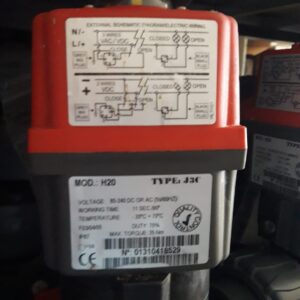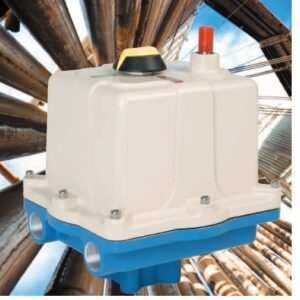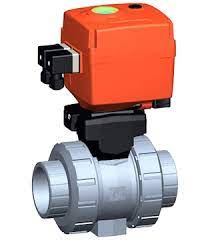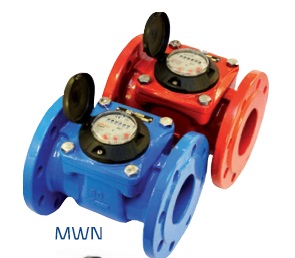Description
Different Types of Pressure Regulators
1. Back Pressure Regulators
The back pressure regulator is a type of a pressure regulator that maintains an estimated pressure at its inlet. This regulator relieves the excess pressure when any fluid has exceeded the set force. The regulator regulates higher pressures at the bay like other regulators which reduce the higher strength rather than controlling the force at their channels. By opening itself, the regulator holds back the pressure to the lever that is allowed.
2. Dome-Loaded Pressure Regulators
The dome loaded pressure regulator is one of the pressure regulators that is operated with the gas pressure. The regulator has a pilot gas that generates force that is required for reducing the inlet pressure at the valve. The gas that needs to be regulated passes through the dome to reach at the valve seat while the pilot gas, which is controlled using an input pilot gas regulator is supplied to the chamber. In the chamber, the pilot gas is like a diaphragm, and hence any movement stoked in the diaphragm is transferred to the valve seat which has the gas to be regulated causing the valves to open or close depending on the movement of the diaphragms. During this movement, the excess gas is also allowed out through the outlet valve.
3. Spring-Loaded Pressure Regulator
When there is a working fluid that is in a container that is either in a steady or unsteady flow, the spring-loaded pressure regulator is used to regulating the pressure of this gas or liquid. The spring-loaded pressure regulator has a spring at the valve that helps in regulating the pressure of the fluid. The pressure inside the container with the fluid exerts pressure on the regulator as the spring, which is stiff opposes the force. When the pressure becomes excessive, the spring automatically expands, and thereby, the valve opens relieving the pressure that had exceeded.









Reviews
There are no reviews yet.